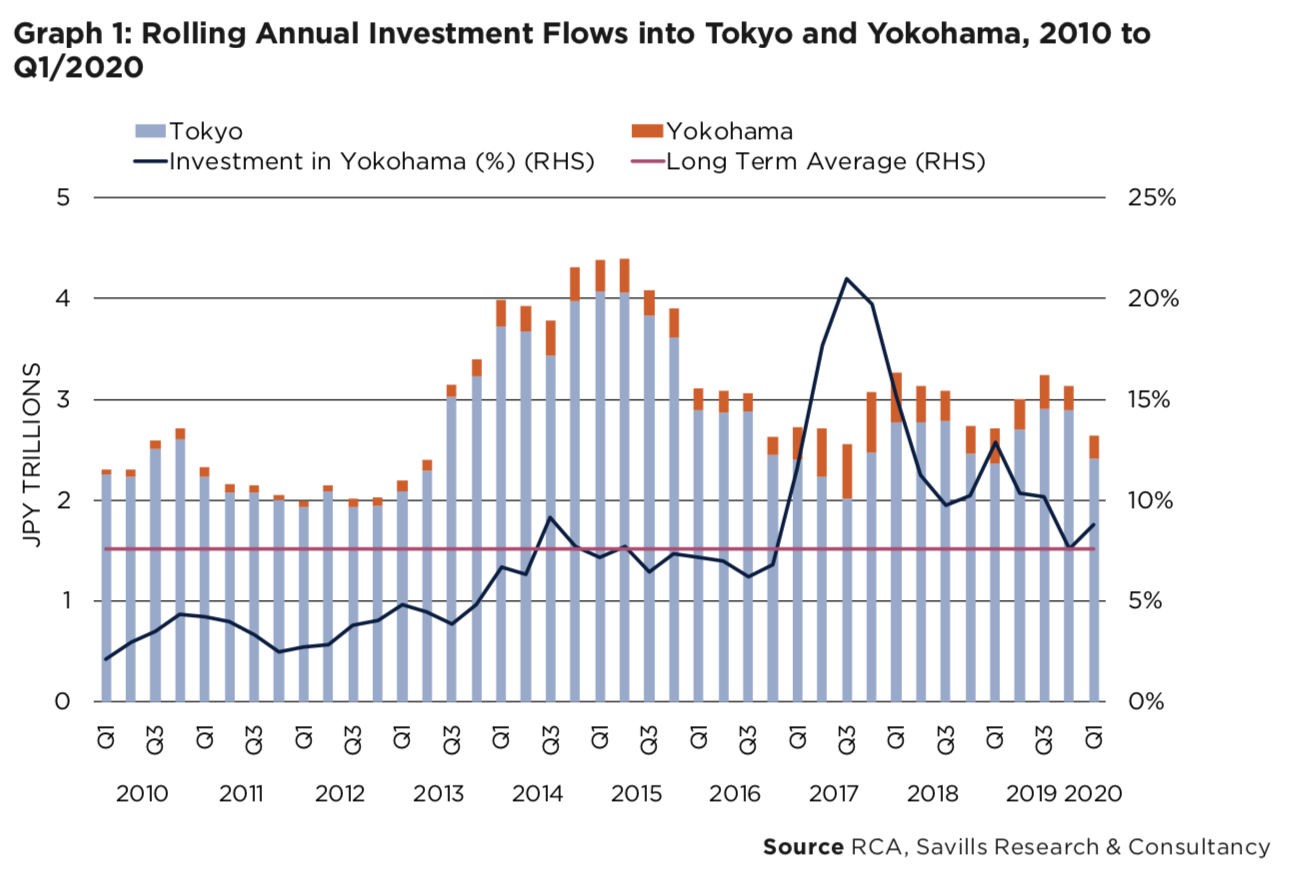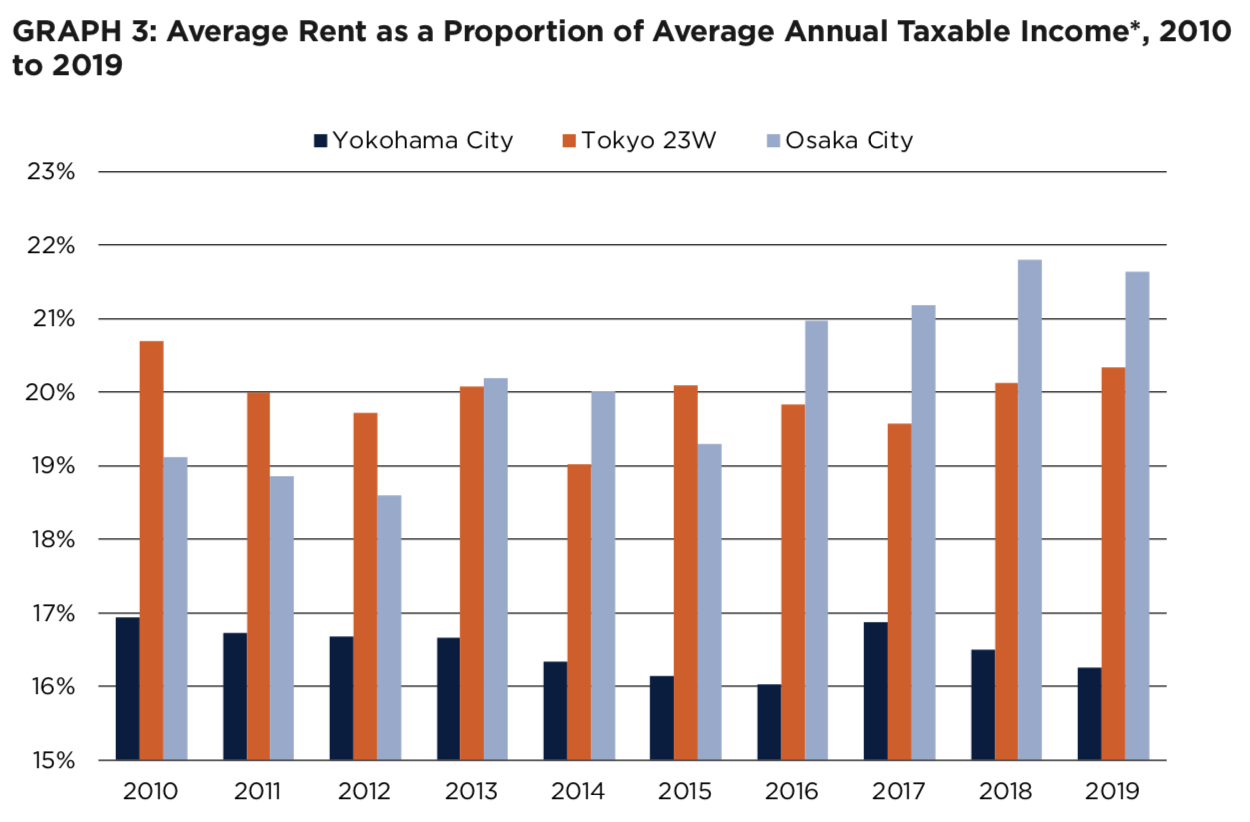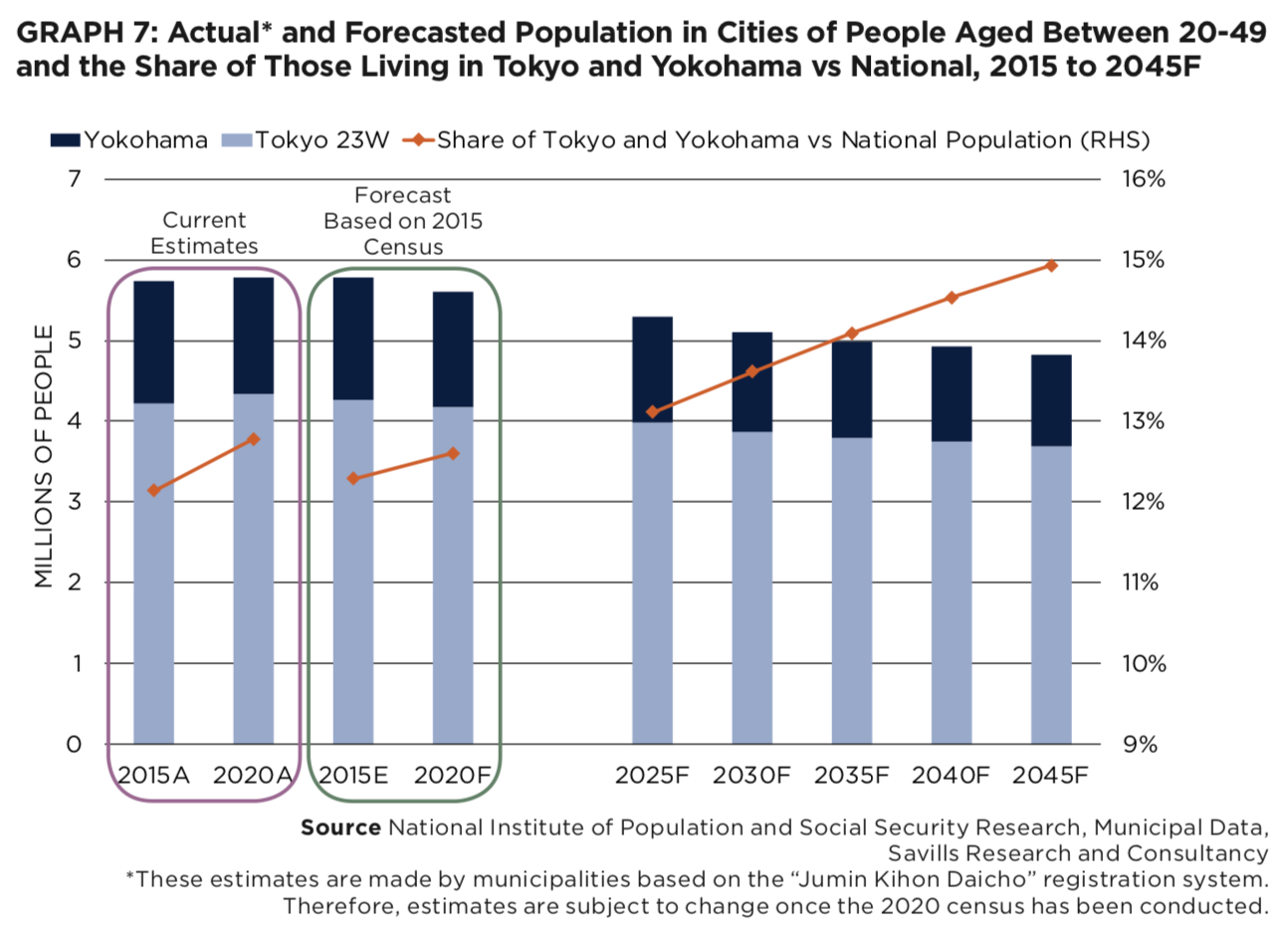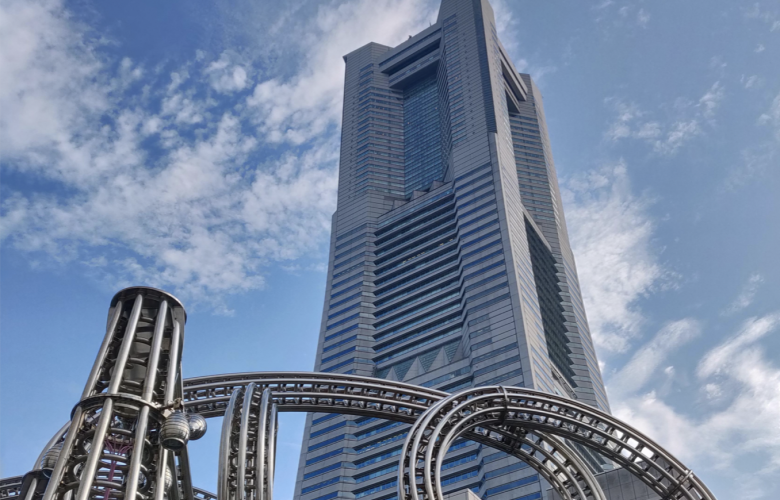Yokohama now 'genuine alternative to Tokyo' - Savills
Contact
Yokohama now 'genuine alternative to Tokyo' - Savills
A new report from Savills has outlined how the steady growth of Yokohama across residential and commercial sectors has helped breathe new life into the city.
The Japanese city of Yokohama is now close to rivalling Tokyo as both a residential hub and investment prospect for businesses, Savills says.
The firm's latest Spotlight research report charts the city's journey from a small fishing village in the late 19th century to the centre for foreign trade prior to WW2, after which a lack of redevelopment led many companies to relocate to Tokyo.
But Savills believes the Yokohama has managed to account for its post-war slump and now stands as an economic hub capable of attracting businesses.
At a glance:
- Savills has featured the Japanese city of Yokohama as part of its Spotlight research series.
- The firm reports that the city has Yokohama has managed to account for its post-war slump and now stands as an economic hub capable of attracting businesses.
- Savills believes city's positive demographic outlook should continue to drive growth, despite the challenges being experienced by the country as a whole.
According to the report, projects such as the Minato Mirai 21 Project – a huge 186-hectare land reclamation, building, and infrastructure program started in the 1980s has facilitated its growth.
The research also notes that invest volumes into Tokyo have been decreasing as valuation and opportunities become less favourable, leading some of these flows to be directed into peripheral markets such as Yokohama.

Source: Savills
Savills Head Director of Research and Consultancy for Japan, Tetsuya Kaneko, said the city's positive demographic outlook should continue to drive growth, despite the challenges being experienced by the country as a whole.
"Thanks in part to the success of its many redevelopment projects, Yokohama has once again established itself as a major economic hub," he said.

Source: Savills
"Moreover, the onset of COVID-19 could see its popularity rise further owing to its favourable work-life environment.
"Meanwhile, the relative youthfulness of the city should help ensure that real estate fundamentals remain firm in the years to come, despite Japan’s demographic challenges."

Source: Savills
Mr Kaneko said Yokohama continued to be a popular location for would-be residents, due in part to the convenience of Yokohama Station.
"Rising corporate activity has increased demand for residential assets, adding to the estimated 3.8 million people already living in the city.
"As such, with the city proving popular for locals and visitors alike, the recently much-maligned retail and hospitality sectors should see better days.
"Meanwhile, being within half an hour to other popular destinations, such as Kamakura to the south, as well as Shinkansen stations and Haneda Airport to the East, certainly adds to the appeal."
Click here to view the full report.
Similar to this:
Climate change and food security set to dominate real estate strategies - Savills
Savills triumph across Asia Pacific with $8.8bn worth of sales amidst pandemic






